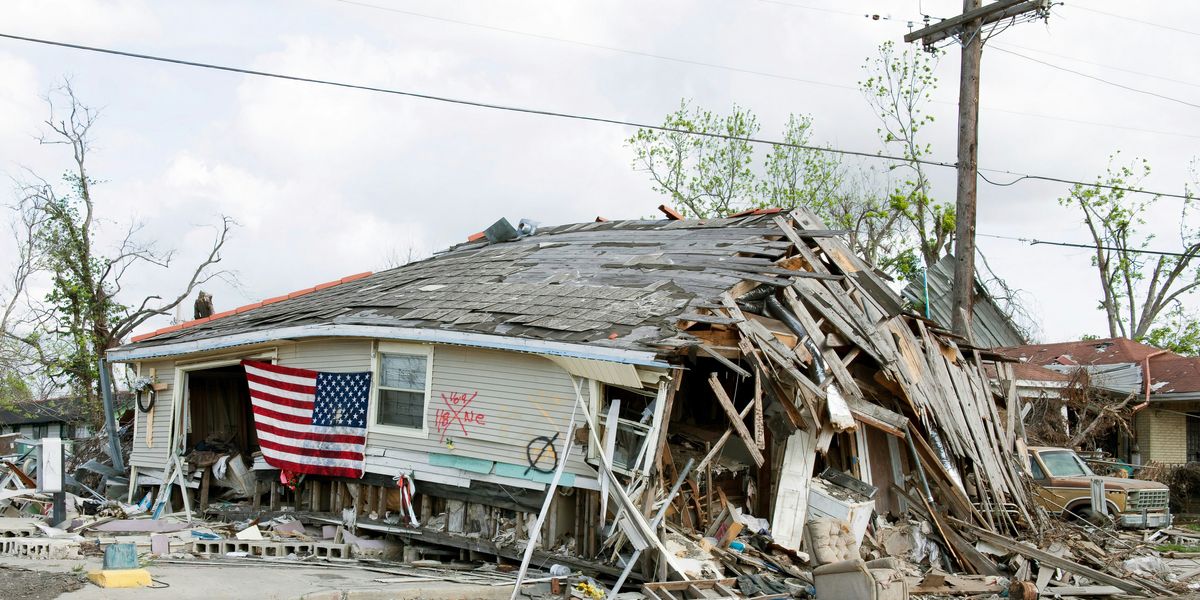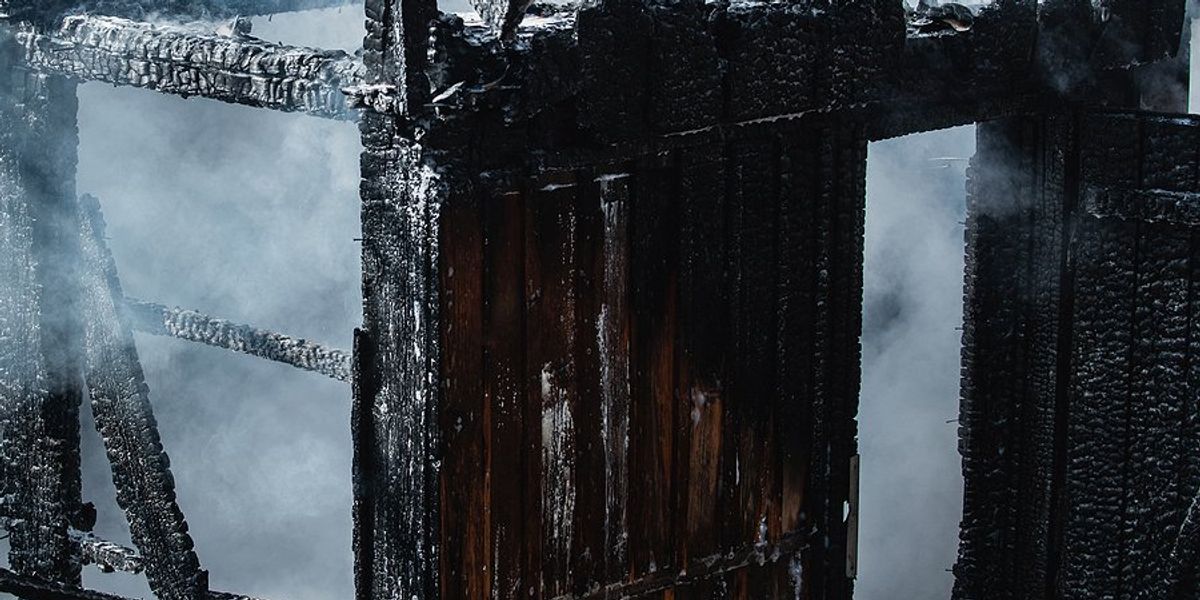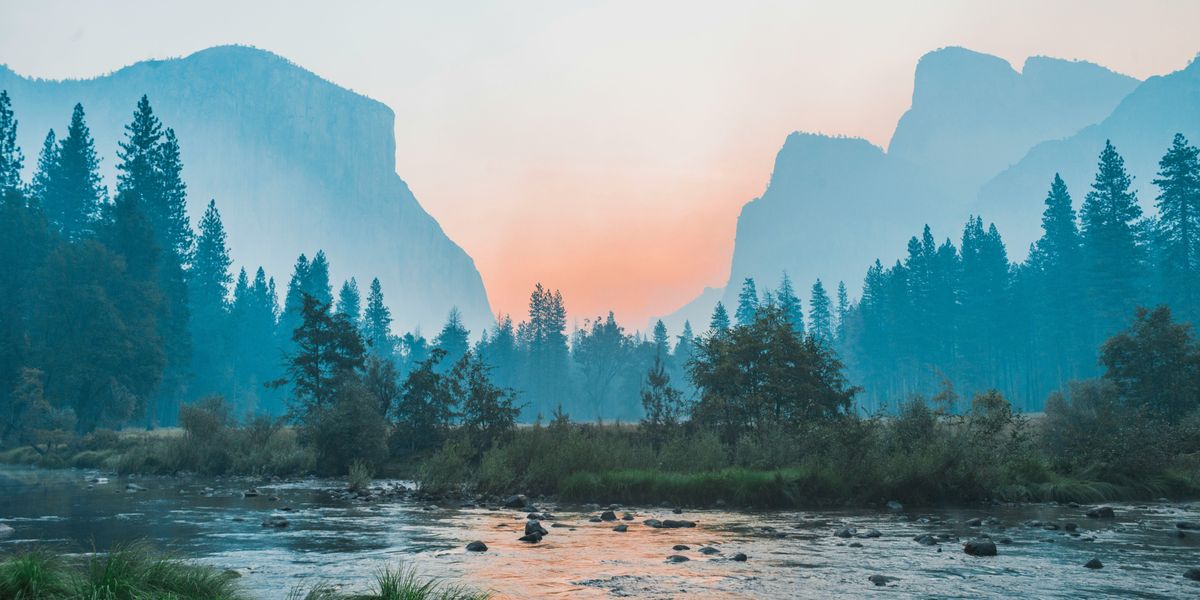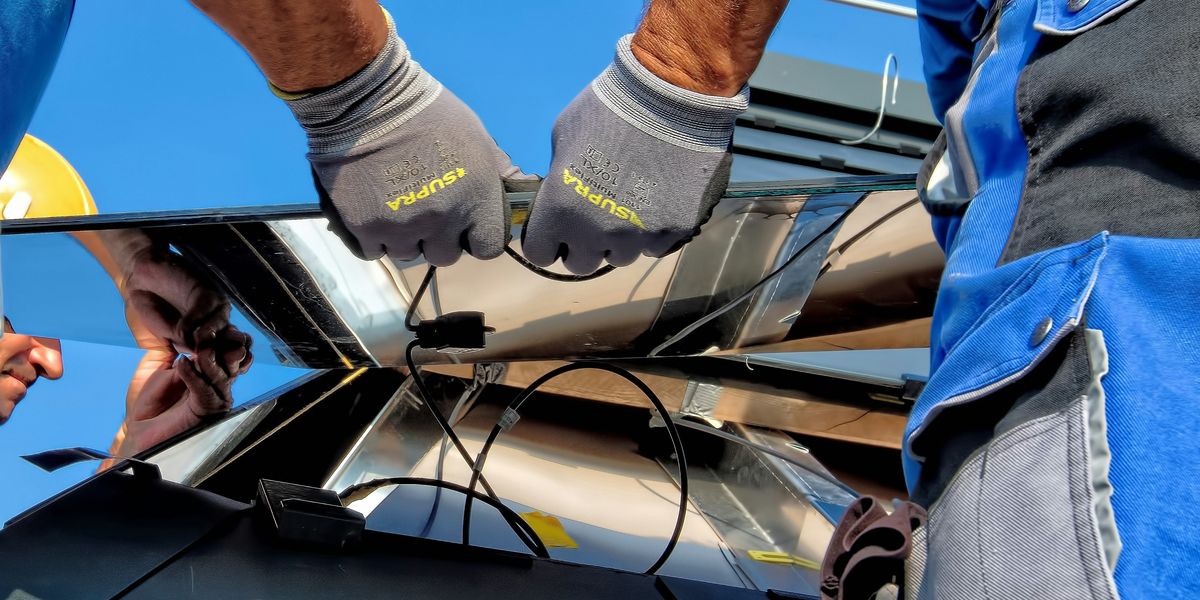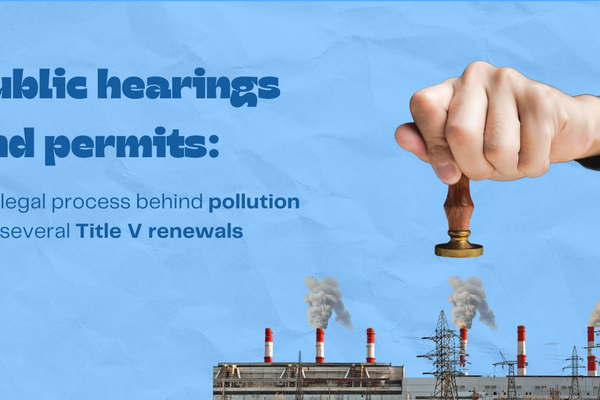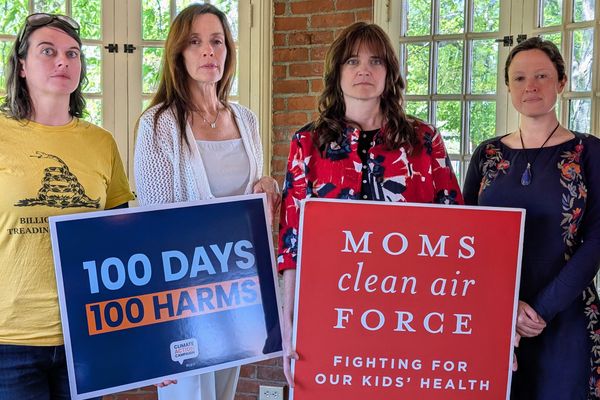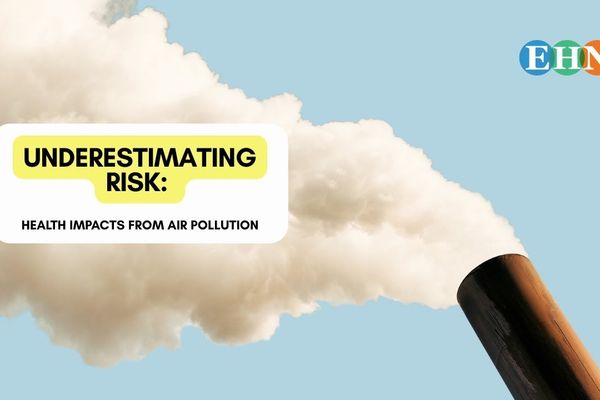
Credit: NASA's Marshall Space Flight Center/Flickr
05 March 2024
Utah introduces new regulations for mineral extraction at the Great Salt Lake
A recent bill passed by the Utah Legislature introduces significant changes to the regulation of mineral extraction at the Great Salt Lake, aiming to address the lake's declining water levels.
Brooke Larsen reports for High Country News.
In short:
- The bill, known as HB 453, introduces more stringent water use regulations to protect the Great Salt Lake from further decline.
- It increases the severance tax on mineral extraction and requires companies to report water usage and salinity levels.
- Despite some environmental groups' concerns, the legislation is seen as a crucial step towards sustainable management of the lake's resources.
Key quote:
“This is a good step forward, a necessary step forward, but we can’t let it distract us from the fact that they (state leaders) are not getting water to the lake, and this bill does not get water to the lake.”
— Chandler Rosenberg, deputy director of the Great Basin Water Network
Why this matters:
Advocates tout this as a potential shift in Utah's traditionally industry-friendly stance towards resource allocation and extractive development in the Great Salt Lake Basin. Critics contend that the legislation gives regulatory certainty to industry and does nothing to solve the ongoing western water crisis.




